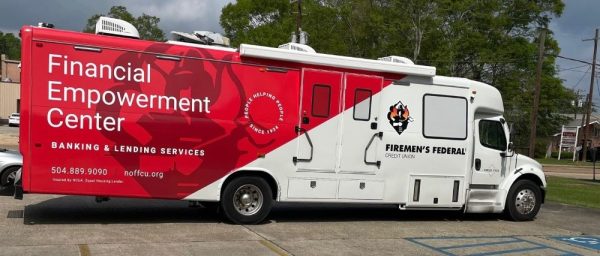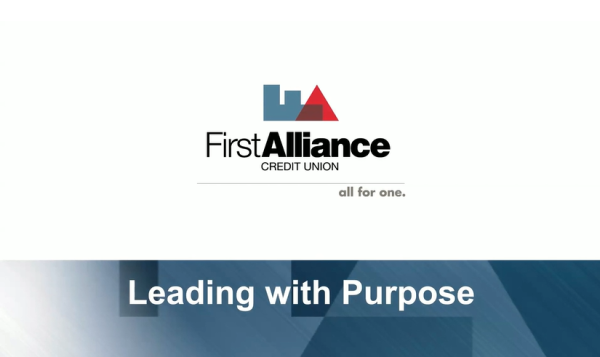A Capital Initiative At Fairfax County Credit Union
In 2010, Fairfax County Credit Union received supplemental capital from the U.S. Treasury. Here’s how it used those funds to improve the long-term health of the credit union and its membership.
In 2010, Fairfax County Credit Union received supplemental capital from the U.S. Treasury. Here’s how it used those funds to improve the long-term health of the credit union and its membership.
Michael Wettrich, president and chief executive of the $90 million Education First Credit Union in Ohio, makes the case for supplemental capital at credit unions.
Supplemental capital is a useful tool that is long overdue; however, it is not without risk and potential complications.
Bond traders are on their tiptoes in an effort to not disturb the German beast.
Lending officers are under constant pressure to produce loans. These five benchmarks give CLOs a place to start when managing lending activities and communicating about the health and growth of the credit union.
As America continues to transform itself economically, credit unions are becoming more involved in their communities.
Legal battle and years of uncertainty could follow a final rule like this.
This “fundamentally flawed” policy actually creates a capital problem.
Rick Metsger says the NCUA has a duty to protect the insurance fund against “material risks.”
Like generals, regulators are always fighting the last war.

Six credit union leaders share how they are balancing innovation and governance while deploying new tools.

Six credit union leaders share how they are balancing innovation and governance while deploying new tools.

After an anxious 2025, CFOs and observers across the industry are preparing for the year ahead — for better or for worse.

Quality payments are a hallmark of the ACH Network. Follow the rules and do right by members.

The next big storm in the Gulf isn’t an “if,” it’s a “when,” but the small Gulf-area credit union has a plan to help the community get back on its feet when the time comes.

Look beyond the headlines to better understand what is driving current market trends and how they could impact credit union investment portfolios.

Discover how First Alliance Credit Union is redefining success by putting values and member needs at the heart of everything it does.

Craft breweries demonstrate how commitment to value, operational agility, and community focus can ignite growth and drive property.

Inflation, debt, and income inequality are fueling a K-shaped, post-pandemic recovery, widening the gap between different economic segments and challenging lower-income households.

Quarterly performance reports from Callahan & Associates highlight important metrics from across the credit union industry. Comparing top-level performance and digging into the financial statement has never been easier.
Why Credit Unions Need Supplemental Capital